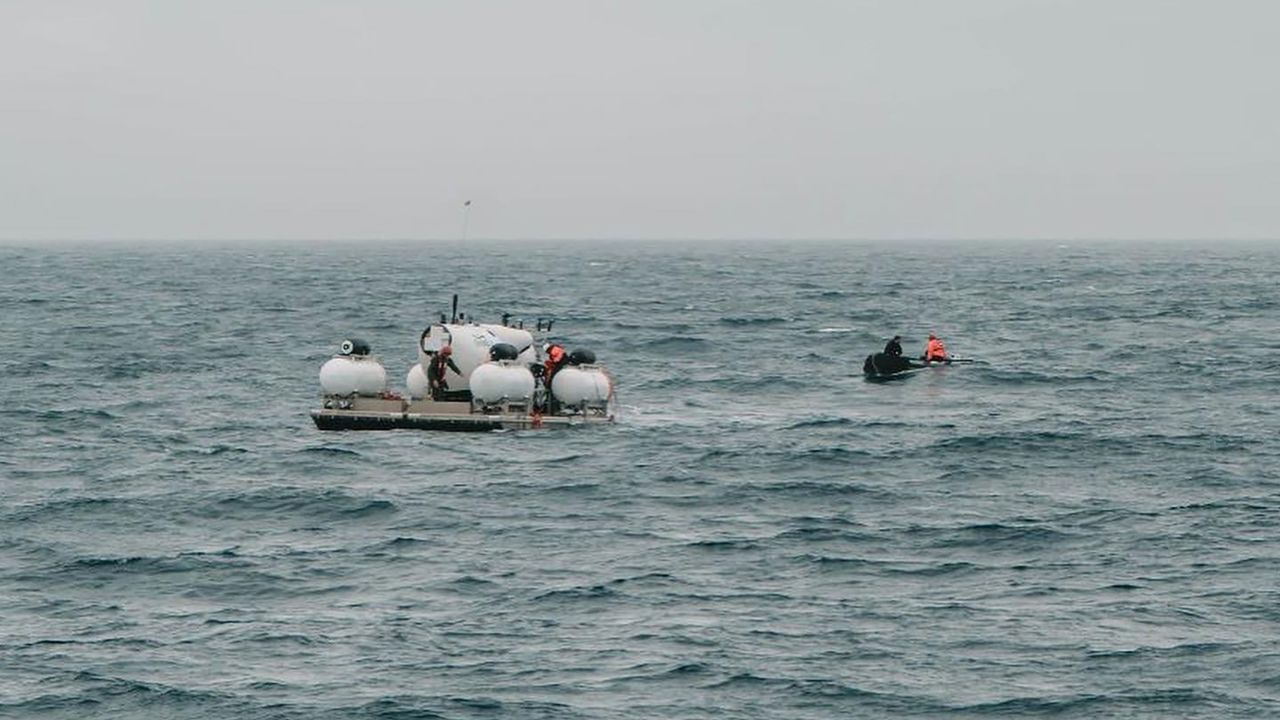OceanGate Expeditions CEO Richard Stockton Rush was sued in February by a Florida couple seeking a refund for a trip to see the Titanic wreckage they claim was booked with OceanGate but never happened.
According to the lawsuit, Marc and Sharon Hagle of Winter Park, Florida, signed a contract with Rush to go on a manned submersible dive expedition to the RMS Titanic on Cyclops 2. In November of 2016, the Hagles paid a deposit of $10,000 each, which they say they were told was fully refundable.
But after paying a total of $210,258 and seeing their expedition postponed many times, the lawsuit says they were unable to get a refund. The lawsuit alleges fraudulent inducement and violation of Florida’s Deceptive and Unfair Trade Practices Act.
Rush is on board the submersible that went missing on Sunday. CNN has reached out to OceanGate for comment on the lawsuit. The online docket for Florida’s 9th Judicial Circuit shows no response to the lawsuit at this time.
The lawsuit states that the Hagles were each due to pay a $40,000 “milestone payment 15 days after Cyclops 2 made its first dive, approximately around October 2017. Under their contract, a $55,129 final payment each was due on February 1, 2018, which would have been approximately four months before the scheduled date of their expedition,” the lawsuit says.
The couple, who were on Blue Origin’s 2022 space mission, became skeptical the expedition would take place and were contemplating requesting a refund, the lawsuit states.
It says Rush visited the couple in Florida in 2017 and explained the design of Cyclops 2 to them as well as the details of the expedition and crew that would be manning the submersible. He also told them Cyclops 2 would be ready to dive to the wreckage as planned, in June 2018, the lawsuit adds. The lawsuit states that Rush confirmed at that time that they would receive a full refund if they wanted.
The Hagles’ lawsuit claims they received a second contract after Rush’s visit that required them to pay the full balance for the expedition, a total of $190,258 more, which they wired to OceanGate. A month after they signed the new contract and wired the money, the name of Cyclops 2 was changed to Titan, the lawsuit says.
The June 2018 expedition was canceled two months later. The lawsuit alleges that the reason they were given was that OceanGate had not had sufficient time to do tests to certify the Titan could reach the depth of the Titanic wreckage, the lawsuit claims.
The new expedition was scheduled for July 2019, but canceled the month before, first saying the support vessel refused to participate and later citing “equipment failure,” according to the suit. The Hagles claim they were then told their new expedition date would be some time in 2020.
The couple then requested a refund of the $210,258 they had paid.
The Hagles claim that though they had been told by OceanGate’s expedition manager that the company was working on a “full refund plan,” they received communication from OceanGate demanding they participate in a July 2021 expedition. If they failed to do so, they would not be entitled to a refund or credit, the lawsuit says they were told.
The couple is asking the court for the return of their monies paid as well as punitive damages.
When reached by CNN, the Hagles’ attorney, Ronny Edwards Jr., declined to comment on the pending litigation, but said, “More important than the litigation, however, is the safe return of the entire Titan crew. My thoughts and prayers are with the crew and their families.”
CNN’s Ross Levitt contributed to this report.














































